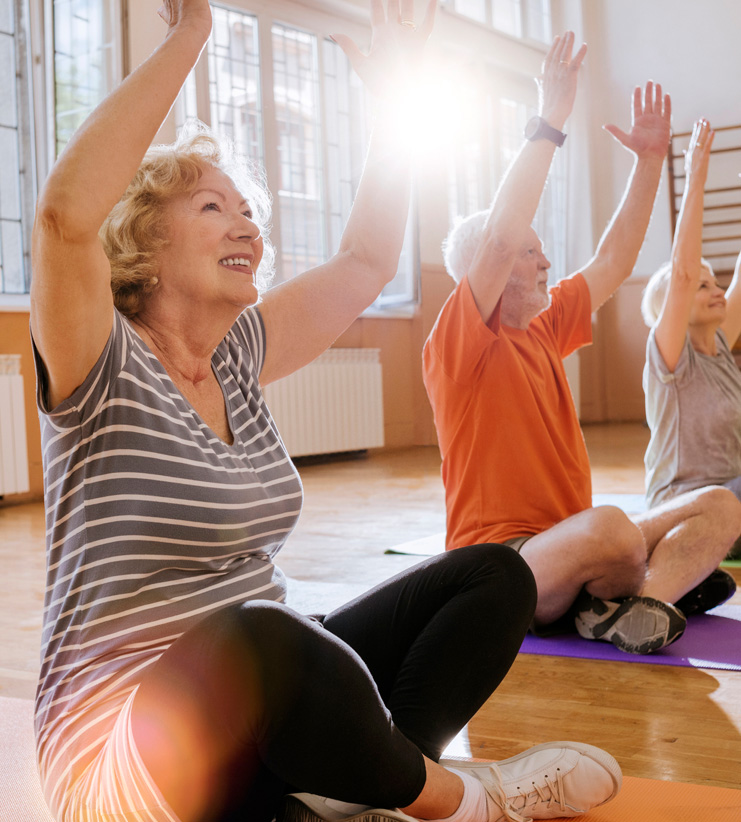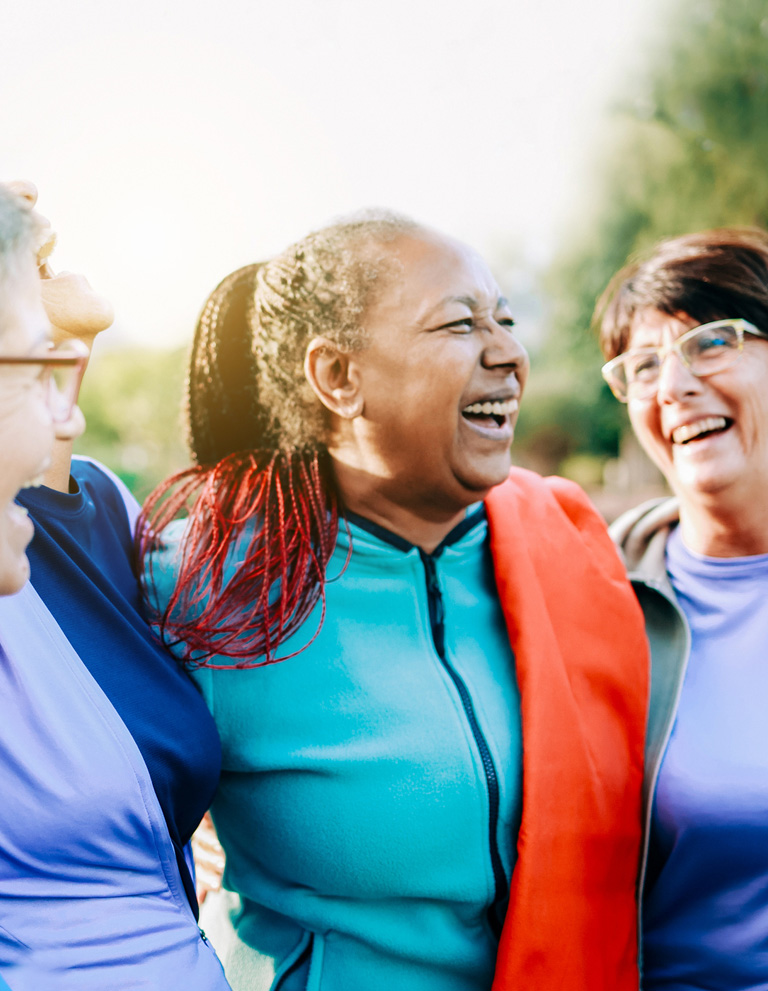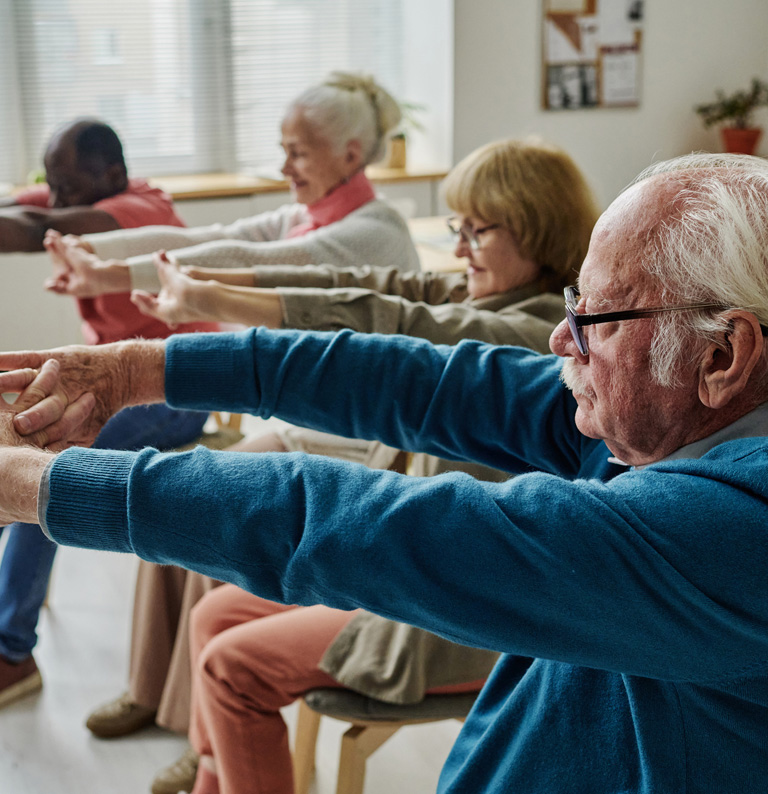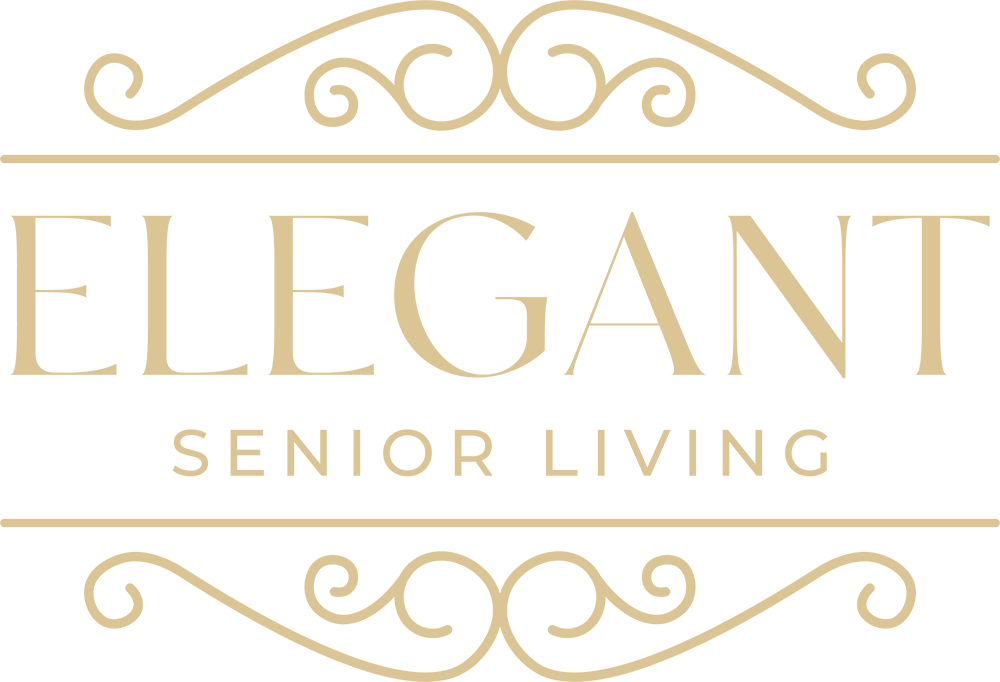The role of exercise and therapy in promoting the health and well-being of seniors is well established. Board and care facilities, such as Elegant Senior Living, recognizing the numerous benefits, integrate a comprehensive range of exercise programs and therapeutic modalities to cater to the unique needs of their residents. From boosting physical health to fostering emotional well-being, these offerings play a pivotal role in enhancing the quality of life for the elderly.
Low-Impact Exercises for Optimal Health
Low-impact exercises are ideal for seniors, as they minimize the risk of injuries while offering substantial health benefits. At many board and care facilities, the following types of exercises are often emphasized.


- Walking: As a natural form of movement, walking is highly encouraged. Whether it’s casual strolls in garden areas, organized walking groups, or guided walking sessions, it’s a great way to boost cardiovascular health without putting undue stress on the joints.
- Chair Yoga: Perfect for individuals with mobility issues, chair yoga allows residents to enjoy the flexibility and relaxation benefits of yoga without the need for extensive postural transitions. It aids in enhancing flexibility, balance, and overall mental well-being.
- Strength Training: While it might seem counterintuitive for seniors, light strength training, often with resistance bands or lightweight dumbbells, can be incredibly beneficial. It helps in maintaining muscle tone, supporting joint health, and increasing overall strength.
- Tai Chi: Often referred to as “meditation in motion,” Tai Chi is a series of flowing movements performed slowly. For seniors, it provides benefits like improved balance, muscle strength, and cognitive focus.
- Aerobic Exercises: Low-impact aerobic activities, often set to music, can be both fun and beneficial. They enhance heart health, lung capacity, and often have a communal aspect, promoting social interaction.
Physical Therapy for Specialized Needs
Board and care facilities often collaborate with geriatric physical therapists to provide tailored interventions for their residents. These therapists are experts in addressing the unique physical challenges faced by the elderly.
- Mobility Training: For seniors with gait issues, physical therapy can offer specialized training to improve walking patterns, ensuring safety and independence.
- Pain Management: Chronic pain can be debilitating. Through targeted exercises and therapeutic modalities like heat or cold therapy, physical therapists can help manage and alleviate pain.
- Balance and Fall Prevention: Falls are a significant concern for the elderly. Physical therapists work on strengthening exercises and balance training routines to reduce the risk of falls.
- Post-operative Rehabilitation: For residents recovering from surgeries, physical therapy offers specialized routines to regain strength, flexibility, and function.

The Holistic Benefits of Exercise and Therapy
While the immediate physical advantages of exercises and therapies are evident, the holistic benefits are manifold.
- Emotional Well-being: Regular physical activity has been shown to reduce symptoms of depression and anxiety. Engaging in group exercises can also combat feelings of loneliness.
- Cognitive Health: Activities like Tai Chi or dance have a dual benefit – they stimulate the body and the mind, potentially slowing cognitive decline.
- Social Interaction: Group exercises offer seniors an opportunity to interact, communicate, and bond over shared experiences.
- Improved Quality of Life: With better mobility, reduced pain, and enhanced mental well-being, the overall quality of life for residents improves significantly.
